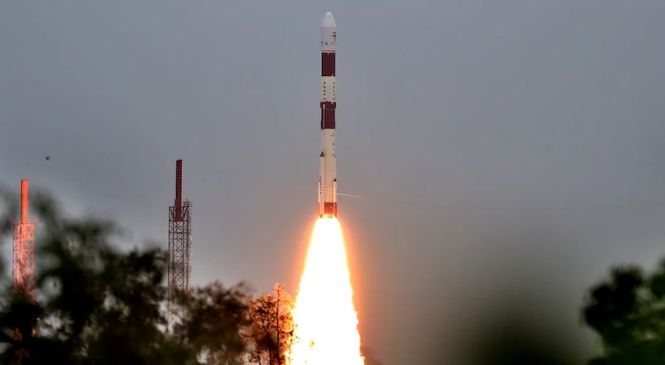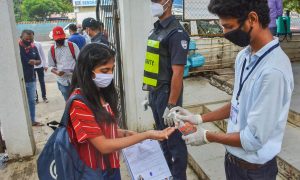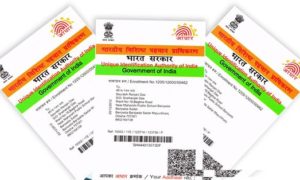The senior rocket scientists said that the space agency will conduct five major satellite launches in the coming three months.
After several delays due to the coronavirus pandemic and successive lockdowns, the Indian Space & Research Organisation (Isro) is picking up pace as it gets its new chief in Dr S Somnath. The senior rocket scientists said that the space agency will conduct five major satellite launches in the coming three months, as he briefed the Minister of Science & Technology Dr Jitendra Singh.
The Isro chairman presented a brief about the forthcoming missions during the next three months, which include a RICAT-1A PSLV C5-2 launch scheduled for February this year, followed by the launch of OCEANSAT-3 and INS 2B ANAND PSLV C-53 in March, and SSLV-D1 Micro SAT in April 2022.
Meanwhile, Isro will also launch GSAT-21, the first fully funded satellite by the New Space India Limited (NSIL). The communication satellite will be developed and operated by NSIL to meet the Direct to Home (DTH) application needs.
Following the meeting, the minister said that under Prime Minister Narendra Modi, space programmes have been given a special impetus and space technology has now been made applicable in different sectors including roads and highways, railways, healthcare, agriculture. “During the next few years, India’s ascent to the top will be heralded via the Space route,” the minister said.
GAGANYAAN: DELAYED, BUT BACK ON TRACK
Briefing the minister on India’s maiden manned mission Gaganyaan, Somnath said that there had been a delay in the timeline because of the Covid-19 and other constraints, but now things have again fallen back on track and all the systems needed for the first unmanned mission are being readied.

Isro is planning to launch the first uncrewed mission under Gaganyaan in 2022, following which the second unmanned mission “Vyommitra” will carry a robot and this will then be followed by the manned mission. The Isro chairman said that the selected Indian astronauts have successfully undergone Generic Space Flight Training in Russia and an ad-hoc astronaut training centre has also been established at Bengaluru.
The Isro chief further said that the preparations for the manned mission involve in-flight demonstration of the Crew Escape System functioning in the lower atmosphere (less than 10 Kms). The exercise recovery of the crew module after impacting the sea is also being worked out.
After being appointed as Isro chief for a term of three years, the senior scientist said that India needed new players in the space sector to make “economically viable programmes”. Somanath, who served as the director of Liquid Propulsion Systems Centre (LPSC) in Kerala’s Thiruvananthapuram, was instrumental in the development of the GSLV Mk-III launcher and was a team leader for the Integration of the Polar Satellite Launch Vehicle (PSLV) during the early phases of his career.
“My best wishes to him for taking over a prestigious assignment at an eventful time when India is heading for its first Human Space mission”Gaganyaan” &other historic breakthroughs,” Dr Jitendra Singh tweeted after the meeting.





































